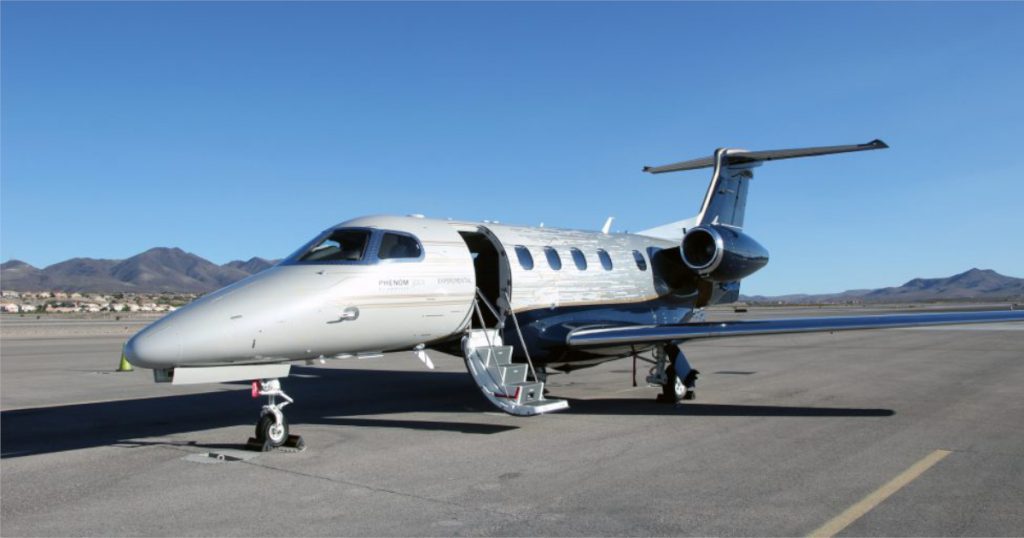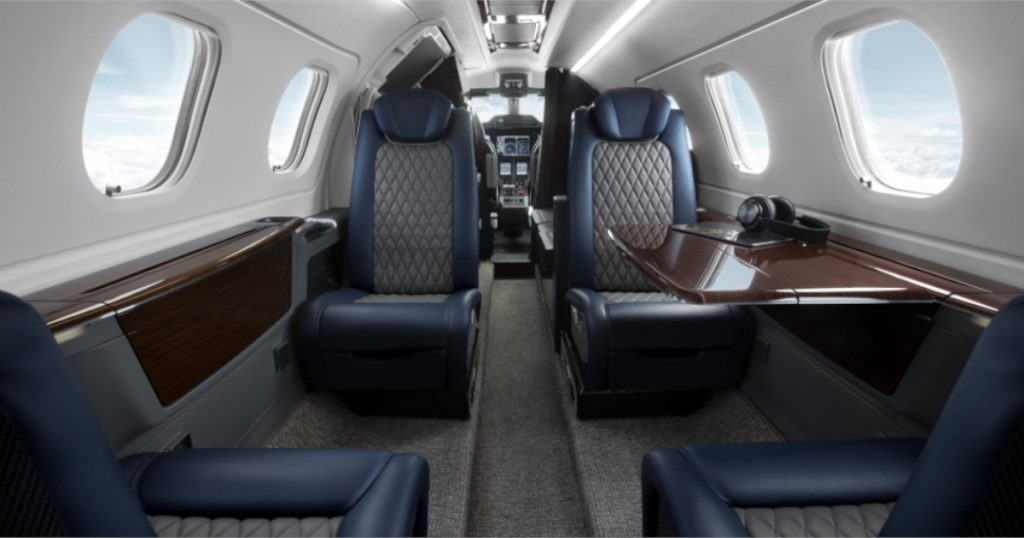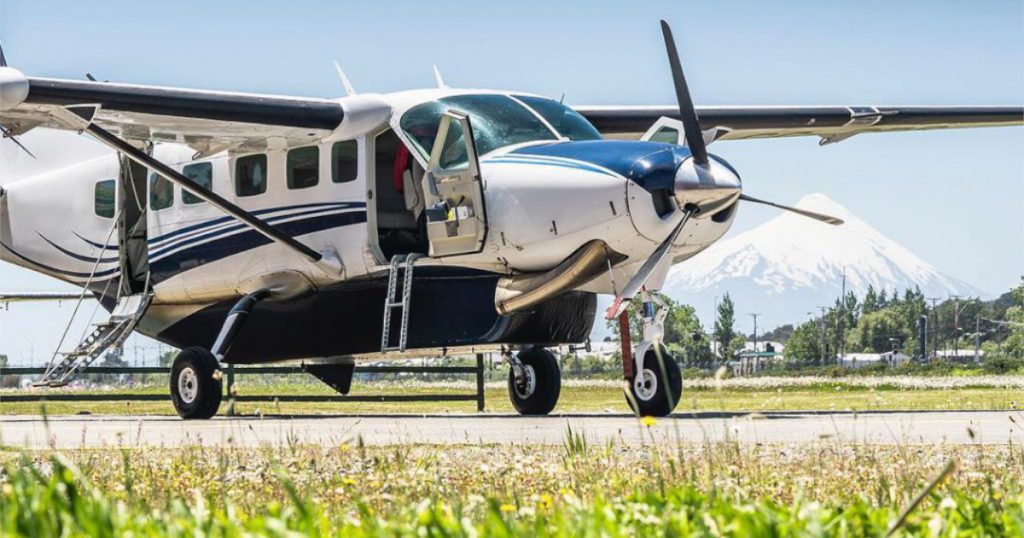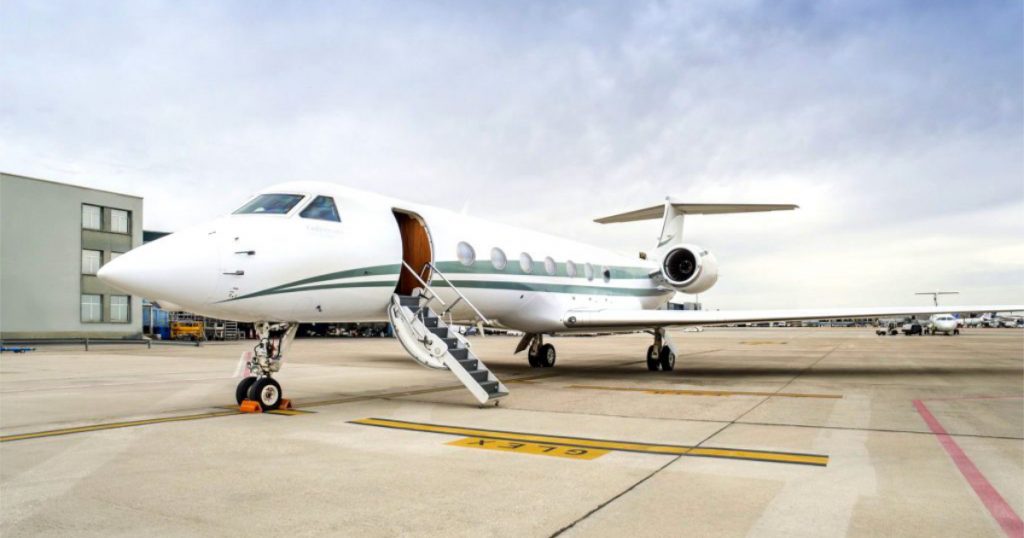Switch to:
 EN
EN  Português (PT)
Português (PT)  Español (ES)
Español (ES)
The price for autonomy and luxury in business aviation is high. Not everyone is willing or able to pay for comfort that, as a rule, costs millions. Of dollars. Still, the universe of Brazilians who decide to become owners is large. No wonder, Brazil today has the second largest fleet of private jets in the world , behind only the United States.
Much more than the purchase price, owning an airplane requires a lot of calculation and intelligence to optimize expenses and make the most of the potential of the valuable asset. Hangar and fuel, professional training and maintenance, software and licenses. The list goes on and, in order to understand it better, we decided to ask those who experience it on a daily basis: after all, how much does it cost to keep a private jet?
Location Matters
Accustomed to the distance between his base, in Manaus, and the large markets in Southeast Brazil, Marcos Pacheco does not believe that the “location” factor is so decisive when it comes to the cost of a private aircraft. President of Manaus Aerotaxi , the executive balances the peculiarities of each region.
Comparing Manaus to São Paulo, Pacheco agrees that the price of fuel and parts is lower in the city of São Paulo. “However,” he continues, “its hangar cost is much higher, up to two to three times higher than other locations. Therefore, “when we measure all these parameters, there is not so much difference in the region that you will be located”.
How Much Does It Cost to Maintain a Jet: The Fixed Expenses Involved
Besides the hangar and parts, what else goes into the bill? The list is extensive, the person who meticulously describes it is the partner at PEC Aviação , Everton Arantes. The company, which is based in Goiânia, follows the recommendations of the Business & Commercial Aviation operational planning guide .
First, Arantes highlights the direct costs of a mission, which involves fuel, landing and handling fees, radio and crew. Fuel consumption and landing rates, for example, can vary according to the aircraft used “and even by the pilot’s operation”, he points out.
Then the fixed costs are included in the bill, which, explains the owner of PEC, “are those most predictable in their variation, such as crew salary, training, hangar and insurance”. Added to this is a whole range of information that make up the equipment’s avionics and that require subscriptions to access the services.
Arantes lists the navigation database, terrain data, maps, maps and datalink as values that vary according to the model used. “We can say that the more modern and sophisticated the panel, in general, the more expensive these subscriptions will be”, he adds, using the Phenom 100EV as an example, consuming, each year, US $ 1,400 of navigation data, US $ 550 of land and $ 6,500 of Datalink, which makes up the communication system for the entire aircraft.
The model
The variation in maintenance values between different models is also a factor to remember. “The larger and more complex the aircraft, the more demanding the demands for both maintenance and operation”, summarizes Everton Arantes, still highlighting the tendency of North American manufacturers to be slightly less expensive than European ones.
For Marcos Pacheco, an important cost optimization factor is the adequacy of the aircraft to the objectives proposed in its use. “It depends a lot on the complexity of the operation, your cash availability and the operationality you want to do for good,” he explains.
As a comparison, Pacheco draws two scenarios: that of a farmer who moves through his region, difficult to access by car; and that of an executive who has to go to New York three times a month. For the farmer, “a Grand Caravan can serve very well, due to the good availability of cargo, because its fixed train is much more economical, because it has only one engine and can be operated with only one pilot”. In the other scenario, “I can’t think about a turboprop, I have to think about a long range plane”.
Reduce Expenses
The bet of many, planning the purchase of parts and fuel can be a weapon in reducing expenses. For Marcos Pacheco, from Manaus Aerotáxi, the effort is not worth the result. “Ultimately, it will save you 5%, with a lot of effort, 10%.” For him, there are other ways to reduce spending.
Dealing with a market that is almost entirely based on the dollar, the volatility of the currency and the high amounts involved end up making the currency hedge an interesting strategy for reducing avoidable expenses. Pacheco also defends “better hangar negotiation, long-term fuel contracts and the hiring of a good pilot, who takes good care of his aircraft”.
In the Hands of Those Who Understand
It is possible to fly solo in the laborious decision to maintain a private jet. Experts, however, suggest that any help is welcome. “Management under a specialized company will not only provide professional service, with specialists for each sector, but it will also be able to reduce its costs and avoid unpleasant surprises”, defends the partner of PEC Aviação.
In addition to the aircraft managers, there is also the option of monetizing the plane in an air taxi company. “When you place your aircraft under professional management, you have access to a pool of services, usually with your own aeronautical engineer and several crew members,” explains the president of Manaus Aerotáxi.
“I do not say that you will make money from your private plane in the air taxi, but at least it is possible to reduce costs,” adds Marcos Pacheco. “This is important, because if you reduce the cost by R $ 30/40 thousand every month, we are talking about R $ 500 thousand per year”, he reinforces.
Finally, there is also the universe of shared properties. Driven by the real estate sector, the modality grew in Brazil and, nowadays, the idea of splitting the ownership of a helicopter or plane with other people is no longer as astonishing as before. Experts estimate that this type of approach is ideal for those who fly 10 to 30 hours a month.
How Much Does It Really Cost to Maintain a Jet
What is evident is that acquiring and maintaining a jet is neither simple nor cheap. The costs involved in purchasing and maintaining the equipment are high, making this an impractical decision for many. “Apart from acquisition and depreciation costs, to keep your plane at a standstill you will spend at least R $ 70 thousand reais per month”, emphasizes Marcos Pacheco.
The calculation of the president of Manaus Aerotáxi follows market projections. In them, the monthly bill for a small jet reaches R $ 90 thousand. The value grows as the category and size of the aircraft goes up. Mid-sizes with good flight hours, for example, do not leave for less than R $ 200 thousand, each month.
The scenario may seem challenging, but it is an advantage for the Brazilian. With a robust and well-structured airline sector, the owner can rely on a range of available solutions, from reducing expenses to using the property.




